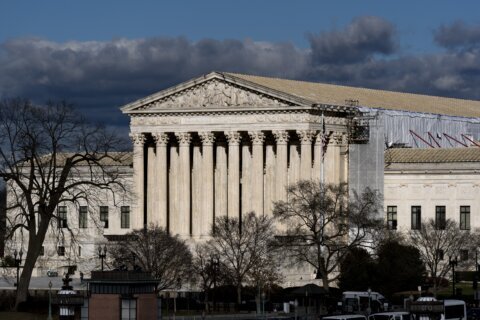WASHINGTON — Not only are teen drivers more vulnerable to distractions while driving, but they are also at the highest risk for crashes. And while most parents say they set limits on their teen drivers, such as restricting cellphone use and driving times, youths may not be getting the message, a new poll finds.
That’s the conclusion of the C.S. Mott Children’s Hospital National Poll on Children’s Health.
“We know teen drivers are vulnerable to distractions while driving, and that they are also at the highest risk for crashes,” says lead author Michelle L. Macy, M.D., M.S., an emergency medicine physician at the University of Michigan’s C.S. Mott Children’s Hospital.
“Parents play a key role in promoting the safety of their teens by setting expectations for driving. We found that the great majority of parents do have rules for their teen drivers; however, teens consistently perceive fewer limits on their driving than what their parents report. This signals an opportunity for parents and teens to have more conversations about safe driving habits.”
Teens and parents of teens were asked about limits placed on driving circumstances that can increase a teen driver’s risk of a crash.
About nine in 10 parents reported they place at least one limit on their teen drivers. while eight out of 10 teens reporting that their parents put at least one driving limit on them.
In families where parents report limits on cellphone use while driving, 13 percent of teens say they have no limits. In families where parents report limits on teen passengers regarding nighttime or highway driving, 20 percent of teens say they have no such limits.
Meanwhile, parents who judge their teens’ driving ability as above average (32 percent of all parents) are less likely to place limits on passengers and driving times/locations. Sixty-seven percent of parents set limits on passengers for their “above-average” teen drivers, compared with 81 percent of the parents who perceive their teen drivers as below average.
Parental limits on cellphone use include:
- Requiring teens to park to use their cellphones (86%)
- Forbidding texting while driving (73%)
- Having cellphone turned off or put away (62%)
Parental limits on passengers include:
- Allowing only 1-2 friends in the car (59%)
- Allowing only certain friends (54%)
- No teen passengers allowed (40%)
Parental limits on driving times/locations include:
- No driving after 10 p.m. (61%)
- Driving only to/from school, work, or activities (57%)
- No highway driving (36%)
Macy recommends parents model good driving behavior themselves, starting when their children are young, and that they have conversations about safe driving early.
“It’s never too early to start modeling safe habits for your kids like not answering texts while driving,” Macy says. “It’s also a good idea to have conversations about rules of the road long before your child is ever in the driver’s seat.”
The poll surveyed 1,517 parents; the margin of error was between 2 and 6 percent.
For more resources and tools for parents and teens, including a free teen-parent driving agreement and an online distracted-driving tool kit, click here.







